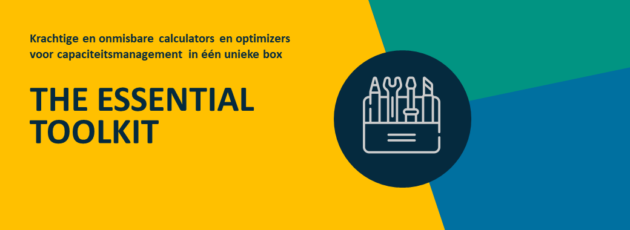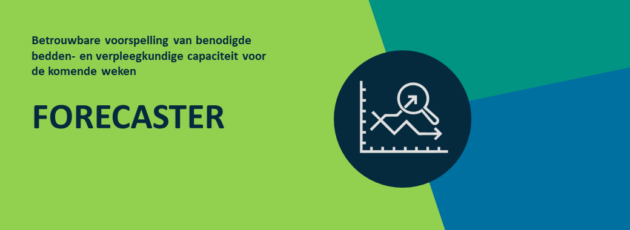Capaciteitsmanagement
Het afstemmen van aanbod en capaciteit is een lastige opgave. Zeker als de patiënten zich willekeurig lijken aan te bieden en er geen besef is wanneer de drukke en rustige momenten zijn. In zo een situatie moet er toch optimaal met de capaciteit omgegaan worden om verspilling tegen te gaan. Maar hoe doe je dit nu? En wat zijn de gevolgen als er niets gebeurd?
Het heeft te maken met variabiliteit in het aanbod en daarmee ook variabiliteit in het aantal aanwezige patiënten. Als er veel variatie is, en het dus moeilijk is om de capaciteit naadloos op het aanbod af te stemmen, dan heeft dit grote gevolgen. Het is dan lastig om de juiste hoeveelheid personeel en middelen in te zetten om aan de vraag te voldoen. Als er te weinig personeel en middelen beschikbaar zijn, kan dit leiden tot lange wachttijden voor patiënten en een hogere werkdruk voor het personeel. Aan de andere kant kan overbezetting leiden tot inefficiëntie en een verspilling van middelen.
We willen dus de variatie verkleinen, waardoor het aanbod stabieler en meer voorspelbaar wordt. Het volledig wegnemen van de variabiliteit zal niet lukken, er is namelijk altijd onvermijdbare variabiliteit dat inherent is aan de zorg. Aan de andere kant, er is ook kunstmatige variabiliteit wat voorkomt uit de keuzes die we zelf in de hand hebben. Een OK-schema is daar een goed voorbeeld van. Deze keuze van de sessies en de ingrepen bepaalt ook de vraag naar bedden op verpleegafdelingen. Het maken van andere keuzes zou de variabiliteit in het beddenhuis kunnen verkleinen.
Het is dus van belang om georganiseerde variabiliteit te reduceren door optimale keuzes te maken in het proces, een optimaal OK-schema, optimale planning op de dagbehandeling, een optimaal afsprakenraster. Om goed om te gaan met onvermijdbare variabiliteit zou een goede forecasting kunnen helpen om patronen te herkennen en daardoor proactief te kunnen reageren op veranderingen in de vraag.
Als we goed in staat zijn om te voorspellen en optimale schema’s te genereren, is daarmee nog niet alle variatie weg. De volgende stap is flexibiliseren van personeel en middelen. Vaak is er op ziekenhuisniveau genoeg capaciteit, maar gebeurt toch dat sommige afdelingen op bepaalde momenten te weinig middelen hebben, terwijl andere afdelingen juist te veel middelen hebben. Dit is ongewenst, maar volledig te begrijpen aan de hand van de variabiliteit. Door de middelen flexibel inzetbaar te maken over verschillende afdelingen kan hiermee het de overbezetting en onderbezetting in balans gebracht worden. Uit ervaring en berekeningen weten we ook dat slechts een kleine mate van flexibiliteit al enorme voordelen oplevert.
Blijft er na optimalisatie, voorspellen en flexibiliseren nog steeds een beperkte mate van variabiliteit aanwezig, dan is het toch noodzakelijk om een buffer aan te houden. Iets meer personeel en middelen dan gemiddeld nodig is, om ervoor te zorgen dat de patiënten toch de juiste zorg op de juiste afdeling kunnen krijgen.
Kortom, variabiliteit in het aanbod en daarmee het aantal patiënten heeft een aanzienlijke invloed op de planning, medewerkers en efficiëntie van de zorginstelling. Het beheren van deze variabiliteit is essentieel om de kwaliteit van de zorg te waarborgen en een positieve werkomgeving voor het personeel te creëren.


